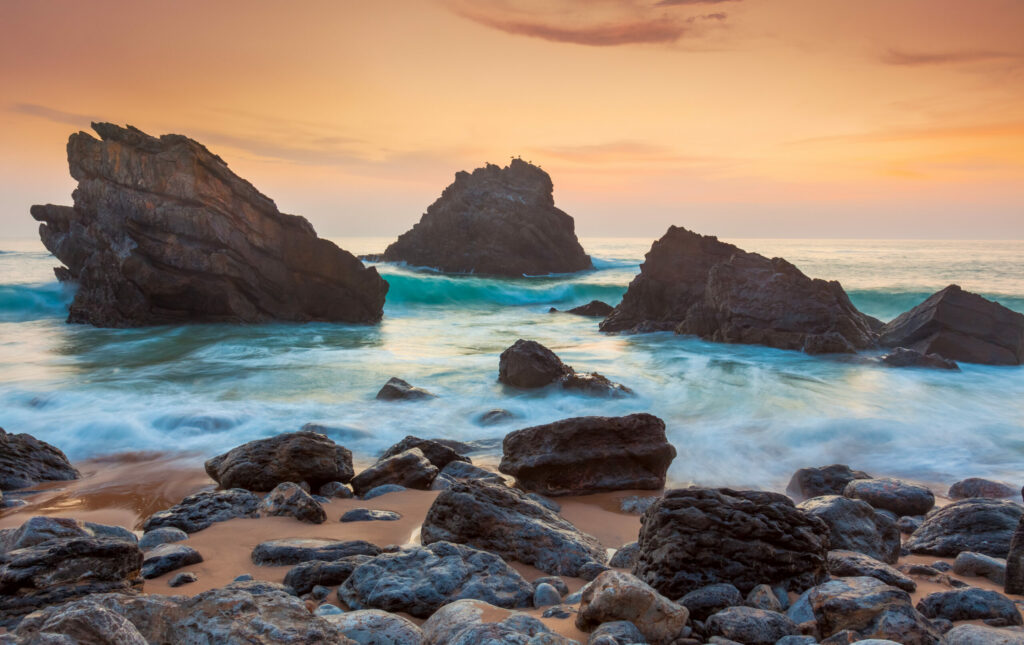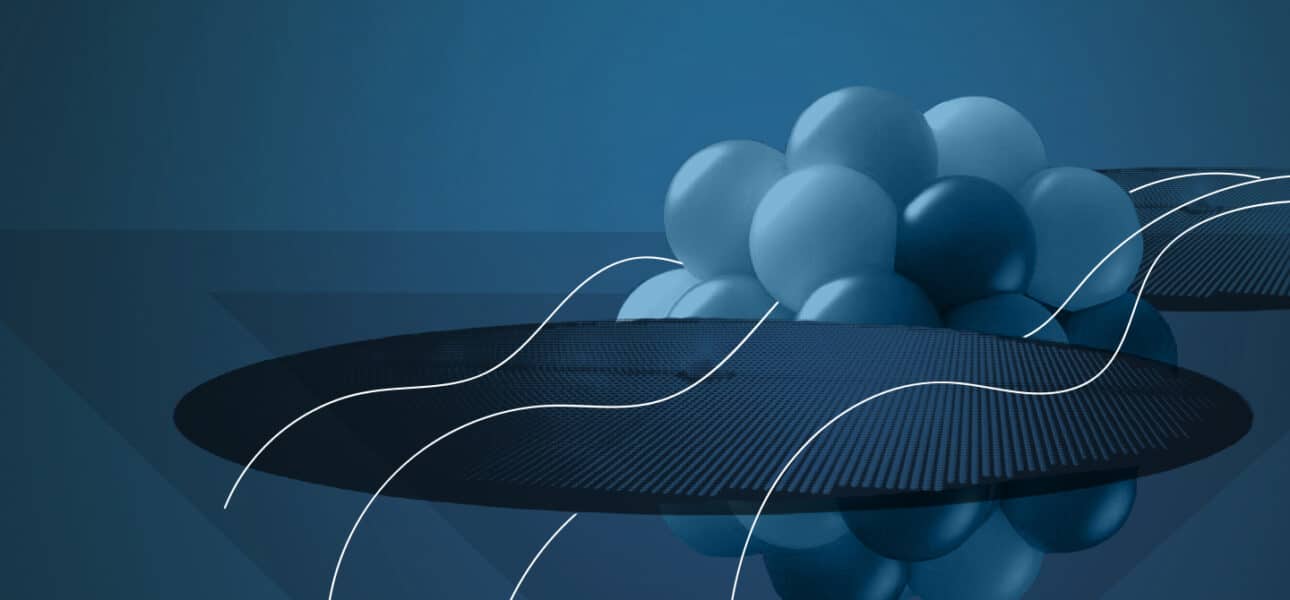Phytoplankton fertilisation, artificial alkalinisation, etc. Researchers are looking at these technological processes to combat global warming. By boosting the natural CO2 absorption capacity of the oceans, these solutions aim to offset man-made CO2 emissions. Although the Intergovernmental Panel on Climate Change (IPCC) believes that anthropogenic CO2 capture is necessary to limit global warming to 2°C1, none of these solutions is currently being deployed. As part of the XSeaO2 project, financed by the Ifker Climate Fund, Cédric Tard and his colleagues will be testing one of them in the field for the first time.
What approach does your project take?
Our aim is to extract carbon from the oceans to increase its capacity to capture atmospheric CO2. To do this, we are using an existing solution: an electrochemical extraction cell based on a bipolar membrane. In practice, the process involves capturing water and artificially acidifying it by polarising electrodes. Below pH 5, the dissolved inorganic carbon is transformed into a gas (CO2) and released. We recover this gas, and water with a slightly more alkaline pH is discharged. This CO2 extraction process is currently the subject of a great deal of research, and the best yields are around 60% in terms of extracted CO2.
There are other solutions for boosting the absorption capacity of the oceans. What is the advantage of the process being tested?
Here, the CO2 extraction module is combined with other tools on an artificial island. What’s special about it? This island produces synthetic fuel. The water will be pumped through two circuits. In the first, the CO2 is extracted from the water. In the second, the water is first desalinated and then treated in an electrolyser to produce hydrogen (H2). Finally, the hydrogen is combined with the CO2 in a reactor to form synthetic fuel. It can then be used in combustion-powered vehicles. Methanol, ethanol, paraffin: several synthetic fuels can be produced, and we are currently studying the best solution to implement.
No one in the world has ever succeeded in testing this process – only Google X Lab has tried on a small scale, without success. Our first aim is to demonstrate that this principle can be tested at the scale of a lake.
How do you intend to test the viability of this solution?
Within a year, we are going to build a prototype that will be placed on the École Polytechnique lake. A floating demonstrator measuring around 20m2 will contain all the modules needed to produce synthetic fuel. It will be accompanied by 300m2 of floating photovoltaic panels: the production of renewable electricity is essential for these artificial islands to power the fuel extraction and production modules. Water electrolysis is the most energy-intensive process. We hope to treat 4m3 of water per day, which should enable us to produce around 1L of fuel per day. At the end of the project, we hope to be able to carry out a life-cycle analysis and estimate the economic profitability of the fuel produced, in order to compare it with other synthetic fuel production processes.
This demonstrator will be a testing ground for the entire scientific community. For example, we have worked on societal acceptability, and developed a specific design with the help of the Penninghen school of architecture.
What are the obstacles to implementing these artificial islands?
They are mainly technological. The process of extracting CO2 is still in its infancy, and combining it with desalination and electrolysis modules and a reactor represents a real challenge. The other major constraint is the use of floating photovoltaic panels. These systems are not yet fully developed either: they need to be made reliable for use at sea, in a turbulent and salty environment. We do know, however, that their efficiency will be higher than that of land-based installations thanks to the increase in efficiency offered by the drop in temperature due to the presence of water and air currents under the panels (+0.6% for each degree less).

The sea is a particularly harsh environment: we need to ensure that the panels and the chemistry module can withstand storms. Our prototype will not be able to address all these issues, as it will be deployed on a lake. But it is a first step in testing the viability of the process.
If these artificial islands were to be deployed on a large scale, could they present an environmental risk?
The main risk concerns the water desalination process. Seawater desalination plants are a real environmental disaster because of the effects of the brine discharged into the sea. In our process, however, desalination is only used to extract hydrogen from the water by electrolysis. Less than 1% of the water captured will be used to extract hydrogen: the vast majority will be used to extract CO2. Nevertheless, we are planning to test salt electrolysers to reduce the environmental impact. The CO2 extraction process poses no problem: the water will be slightly more alkaline at the end, which is what we want. As for the rest, we will be working with biologists and ecologists to assess the impact of the artificial island on the lake’s ecosystems, which are currently relatively unknown.
With this solution, carbon is pumped from the oceans but converted into synthetic fuel. When the fuel is used, the captured CO2 is released back into the atmosphere… What is the benefit in terms of mitigating climate change?
Producing fuel using our process is carbon neutral: no fossil fuels are extracted. But it’s an intermediate stage. Eventually, we would like to extract the CO2 from the water and sequester it. There is not yet a fully developed technical solution for carrying out this experiment on the École Polytechnique site, and the process is not widely used around the world, so its benefits are still being debated.








